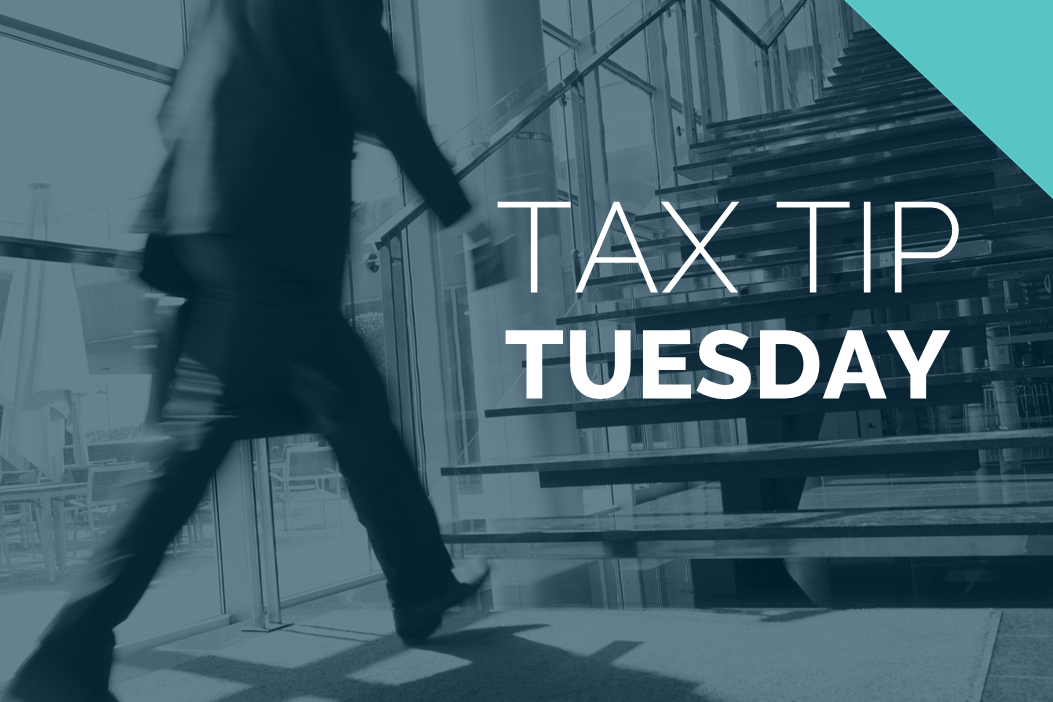Article
Form 1099-K Reporting Changes & How to Prepare
P&N is now EisnerAmper
Effective May 21, 2023, P&N has joined EisnerAmper. Read the full announcement here.
Tax Services • Published 3/19/2018
Key Changes Brought by the Tax Reform Bill
 (640x426).jpg)
On December 20, 2017, Congress approved the Tax Cut and Jobs Act which inititated sweeping changes to the U.S. Internal Revenue Code. While many of the provisions are effective as of January 1, 2018 and are permanent, a number of provisions, especially on the individual side, sunset on or after December 31, 2025. Below is a brief outline of several key changes that are likely the most relevant to individuals and private business owners.
- Individual tax rates lowered with top rate of 37% replacing the former top rate of 39.6% and tax rate brackets modified; new tax rates and brackets are effective January 1, 2018*
- Standard deductions increase to $12,000 for single filers & $24,000 for married filers *
- Personal/dependency exemptions suspended *
- Child/Dependent Credit increased to $2,000 per eligible child with credits phasing out at income levels exceeding $200,000 (single) and $400,000 for married filing jointly
- Itemized deductions changes:
- State and local taxes: itemized deduction for state and local sales, income and/or property taxes capped at $10,000 *
- Mortgage interest: For mortgages incurred after December 15, 2017, deduction of mortgage interest will be limited to $750,000 of indebtedness
- Home equity interest will NOT be deductible in 2018 through 2025.
- Most miscellaneous itemized deductions are suspended from 1/1/2018 through 12/31/2025, including tax preparation fees and unreimbursed employee expenses
- Pass-through tax treatment: for taxpayers with certain qualified business income from
S-corporations, partnerships and/or sole proprietorships, a new 20% deduction is established for tax years beginning after 12/31/2017, BUT it is subject to limits*- Certain specified service trade or business would not be eligible for the 20% deduction unless the taxpayer’s taxable income is below certain thresholds ($315,000 & $415,000 for joint filers and $157,500 and $207,500 for single)
- 20% Pass-through Deduction may be first LIMITED to:
- 50% of the taxpayer’s allocable share of “W-2 wages” paid by the pass-through entity or sole proprietorship OR
- 25% of the taxpayer’s allocable share of “W-2 wages” paid by the pass-through entity or sole proprietorship PLUS 2.5% of the unadjusted basis of all qualified property
- The W-2/basis limitation would NOT apply if the taxpayer’s taxable income is below the $315,000 and $157,500 thresholds noted above.
- An overall limit equal to 20% of the taxpayer’s taxable income also applies after the above limitations.
* Provision sunsets on December 31, 2025
- Increased “bonus” depreciation
- 100% first-year depreciation for qualified property acquired and placed in service after September 27, 2017 and before January 1, 2023 with extension to 2026 which phase-down to 80% in 2023, 60% in 2024, 40% in 2025 and 20% in 2026
- Qualified property is NOT required to be new, original use property; must be property that is taxpayer’s first use
- Not available for real property trade or businesses that elect to not apply interest limitation (discussed below)
- Section 179 Expensing: eligible expense limit increased to $1,000,000
- Phase-out threshold increased to $2,500,000 – that is, allowable expense is phased out once total qualified additions exceed $2,500,000
- Expands application of Sec. 179 to depreciable personal property used predominantly to furnish lodging or in connection with furnishing lodging
- Definition of qualified real property eligible for Sec. 179 expanded to include certain improvements to nonresidential real property
- Interest Expense limitation: limits deduction for business interest to the sum of business interest income plus 30% of adjusted taxable income of the taxpayer for the taxable year as determined at the tax-filer level
- For tax years beginning before January 1, 2022, adjusted taxable income is computed without regard to depreciation, amortization or depletion
- Small business exception – limitation does NOT apply to businesses with average annual gross receipts of $25,000,000 or less
- Real property trade/businesses can opt out of the limitation in exchange for not using accelerated depreciation methods
- Entertainment expenses: NO deduction is allowed for entertainment, amusement or recreation, membership dues for a club organized for business, pleasure, recreation or other social purposes or a facility in connection with any of the above.
- Current law generally allows a deduction of 50% of the cost of entertainment, etc. that is directly related to or associated with the active conduct of taxpayer’s trade or business. Beginning in 2018, no such deduction is allowed.
- Deduction for 50% of food and beverage expenses associated with operating a trade or business is retained
- Net Operating Loss (NOL) Deduction
- Limits the NOL deduction to 80% of taxable income for losses arising in tax years beginning after December 31, 2017 and carried forward to years after 12/31/2017
- Eliminates carryback of NOLs; farming losses would still qualify for 2-year carryback
- Unused NOLs arising after 12/31/2017 would be allowed to be carried forward indefinitely
- NOLs generated prior to 1/1/2018 will be available to offset 100% of taxable income in subsequent years and will still be subject to 20-year carryforward
- Excess Business Loss: for tax years beginning after 12/31/2017, the “excess business loss” of a taxpayer other than a C-corporation is not allowable *
- Excess business loss is the excess of deductions attributable to a trade or business over the income of the taxpayer PLUS a threshold amount of $500,000 for joint filers or $250,000 for single filers (thresholds to be indexed for inflation).
- Excess business loss gets added to net operating loss and carries over to subsequent tax years.
- Domestic Production Activities Deduction is repealed for corporate and non-corporate taxpayers
- Accounting Method changes
- Extends availability of cash method accounting to C-corporations and partnerships with corporate partners with annual average gross receipts of $25,000,000 or less for the three prior taxable years for taxable years beginning after December 31, 2017
- Expands the limitation on applying the Section 263A UNICAP rules to businesses with average annual gross receipts of $25,000,000 or less
- Like-kind exchanges: application of the like-kind exchange rules would be limited to only real property not held primarily for sale
- Corporate tax rates – effective 1/1/2018, current graduated rate structure replaced with a flat 21% rate
- Corporate Alternative Minimum Tax (AMT) …. REPEALED for tax years beginning after 12/31/2017
Questions About Tax Reform?
If you want to learn more about the Tax Reform Bill, check out our tax reform page or contact us.



